You perceive a painting in a certain way based on its colours. Consider the following scenario: you have two paintings. They’re the exact same image, except one is black and the other is multicoloured. Each painting evokes completely different emotions and perceptions. This is the exact same for websites.
The colours you choose on your website will impact how visitors perceive you as a business. Directly affecting their memory retention, attention focus and conversion decisions. This comes down to colour psychology.
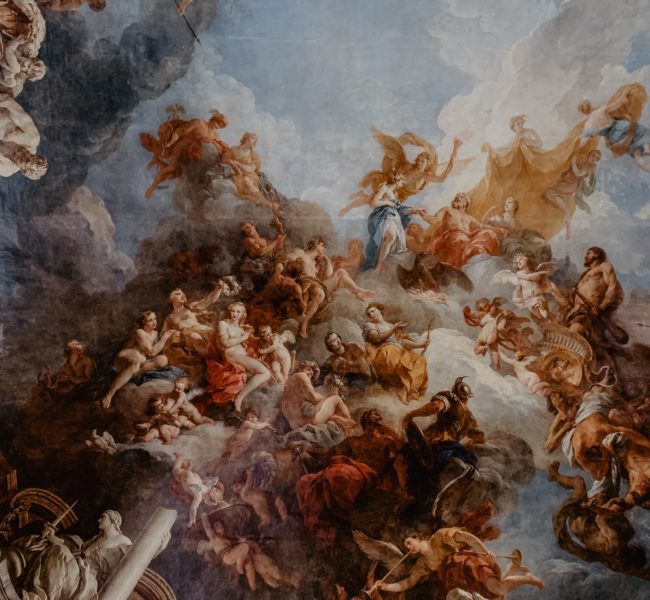
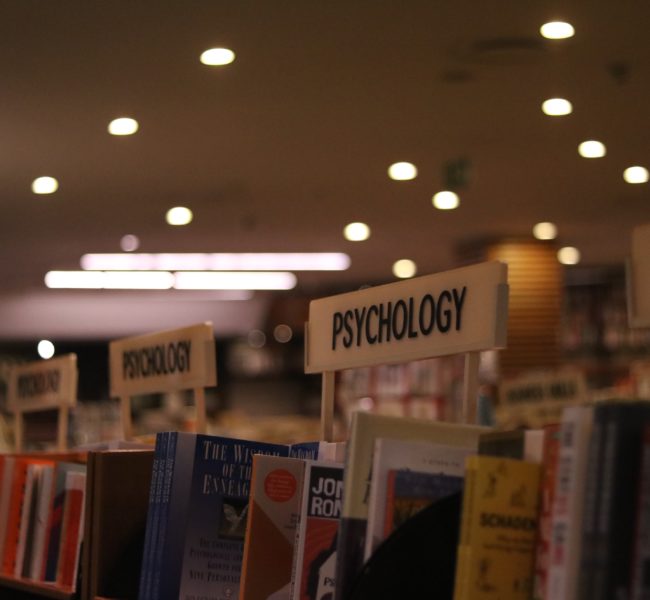
Colour psychology is the study of how different colours impact human behaviour. It’s related closely to colour theory. Firstly, colour theory is very similar to colour psychology. Except it focuses on the effect of certain colour combinations, rather than individual colours. Colour psychology and colour theory have depicted certain meanings from colours/ colour combinations. Giving marketers and web designers an insight into the feelings they evoke.
Despite this, it’s important to understand ‘colour feelings’ are greatly impacted by personal preferences. Crafted by personal experiences and cultural backgrounds. As well as being impacted by age and gender too. Which makes consumer research an absolute necessity. Understanding how your audience perceives certain colours play a huge role in conversion success.
Understanding the feelings evoked by certain colours and combinations can benefit your business greatly. Studies have shown using the correct ones can lead to higher conversions and increased engagement. As well as developing a stronger brand identity. Here’s an overview of the feelings, attitudes, and perceptions associated with common colours, and how you can use them to enhance your website design…


Typically green is used by environmental and outdoor businesses, particularly when combined with brown. The colour is associated with positivity, balance, growth, nature, calmness and peace. Additionally, it can evoke feelings of reassurance, hope, support and relaxation. Its calming effects have revealed it’s the easiest colour on the eye. Therefore making a website easy to view. Its strong relation to nature further emphasises its balancing, harmonizing effects. Which can create a compassionate tone for your web design. Reflecting your business as a trustworthy, caring one.
Examples: Aswell as environmental sites, green is also used in other industries.
Top Tip: Green works great for calls to action e.g. Sign Up, Add to Cart. In fact, it’s the second most used colour for CTA’s.
Blue is the most favourable colour choice in web design. Its popularity comes with strong psychological backing. Research has shown blue has a substantial effect on improving brand recognition. Moreover, it’s associated with dependability, intelligence and security. Hence why using blue is a great way to convey feelings of trust between you and your visitors. Think of PayPal for example, their whole business is built upon the trust of transactions.
Examples: Some of the biggest corporations globally use blue for it’s design influences.

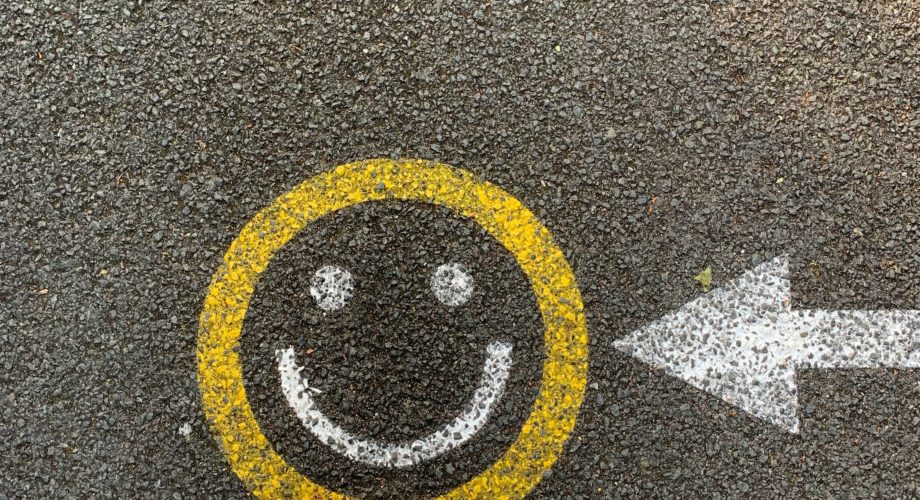
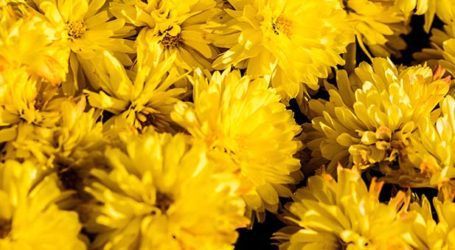
What used to be an uncommon colour has seen a lot of growth in the last 5 years. Its vibrant, youthful and optimistic associations can effectively influence a web visitors mood. Making them feel happy, creative and uplifted. In web design, use yellow as a way to grab the readers attention. Its vibrancy against neutral colours gives it maximum impact. Therefore, it’s an effective colour to use on CTA’s. Despite this, don’t overuse yellow as it can strain the eyes.
Examples:
Conversely, red is a rather contrasting colour. While it evokes feelings of excitement, passion and energy. It at the same time conveys feelings of anger, impulsiveness and caution. A bold, powerful colour that can command attention. Research has found in web design red can directly improve conversion efficiency. Due to its contrasting emotions, it’s important you pick the right red for your website. For example, a light red creates a feminine, beautiful, soft feel. Whereas a deeper red evokes much more intensive emotions.
Examples:
Top Tip: Use red for CTA’s. It is the number one colour used for CTA’s. Additionally use it to highlight sales promotions. Due to its commanding influences on consumer behaviour.


Similarly to red, orange has a controversial nature. It is associated with being cheerful, playful, vital and friendly. It’s warm, evokes energy and can even signify affordability (EasyJet). Whilst it doesn’t behold the same aggressive nature of the red, it still has an attention-grabbing influence. Making it another great choice for CTA’s.
For example, Amazon utilises orange to trigger action. Benefiting from its urgent nature. Amazon CTA’s stand out against its white background. Appearing more noticeable and therefore actionable.
Examples:
Top Tip: Small doses is best! Although it isn’t as bold as red. Orange is best utilised sparingly. Too much orange can overpower your web page.
Black is widely associated with elegance, luxury and sophistication. Its powerful nature has been said to give websites authority, prestige and formality. Hence why black is regularly used by luxury brands. Despite this, black also has a strong relation to death and sadness. When used correctly in web design, black can help establish your business as a unique one.
Despite this, in the web design world, not everyone agrees with black. Research has found it can reduce readability and visitor engagement rather than a bold statement. To combat this, there are plenty of black variations on offer. For example, using charcoal or slate grey as a lighter stylish tone of black. Additionally, tones of black also contrast brilliantly with certain colour types, such as neons and pastels.
Examples:
Top Tip: If you’re going to use black, make sure your balance it out with lighter colours.
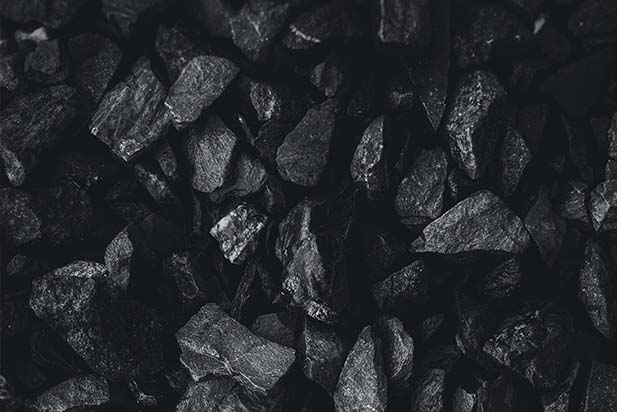
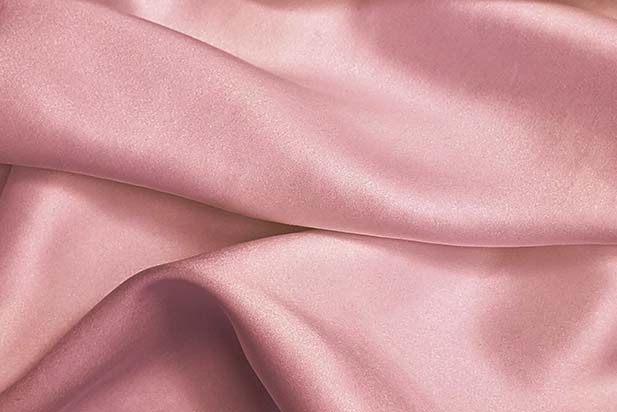
Pink is a soft, approachable colour in web design. Its strong associations with romance, compassion and beauty make it an easy choice for female-targeted websites. Moreover, pink variations in tones can evoke a variety of feelings. Furthermore, using bright pink can bring out feelings of excitement, youth and energy.
On the other hand, using lighter tones can create a calm, sincere environment. In web design, using too much pink can be overwhelming, depending on the shade used. Therefore it’s best utilised sparingly.
Examples:
Firstly, do your research. Understand your target market and the emotions you want to evoke. Once you’ve chosen a colour scheme, be consistent with it. Consistent colouring will help to improve brand recognition and identity. We recommend choosing no more than three colours for your colour scheme. Otherwise, your site may look overcrowded. Which in turn can drive website visitors to your site.
An easy mistake made by businesses is choosing a colour scheme and forgetting about the power of white space. White space improves readability and keeps customers engaged. It also contrasts against your chosen colours better. Make your colours and content stand out better.
Use your most eye-catching colours for calls to action. As this is how you’re going to increase conversions you want to focus attention on them.

gloversure is an award-winning agency that specialises in crafting stunning websites. We’ll help you balance the colour in web design, target your niche audience and strengthen your identity. As well as this, if you’re looking to sell online we also have a dedicated eCommerce team on hand to help you drive conversions and form meaningful customer interactions. Working proficiently with WooCommerce, Magento and Shopify.
We are proudly full-service. Meaning that we also help businesses develop memorable, enticing brand identities through targeted branding and a diverse range of marketing avenues. Discover our wide range of services or get in touch with the team today to discuss your options.
Find out how we can help kickstart your project.